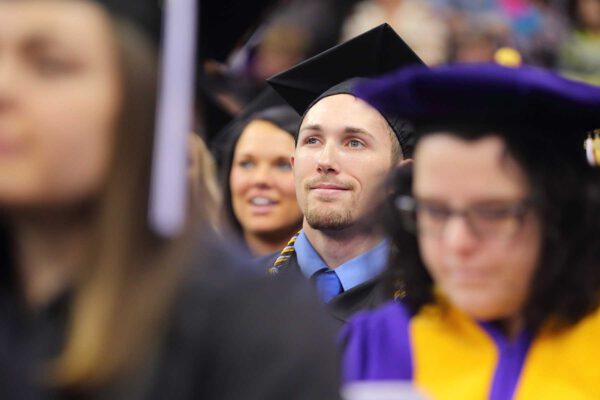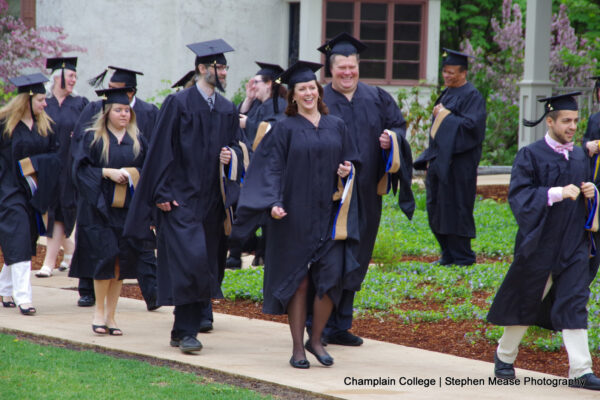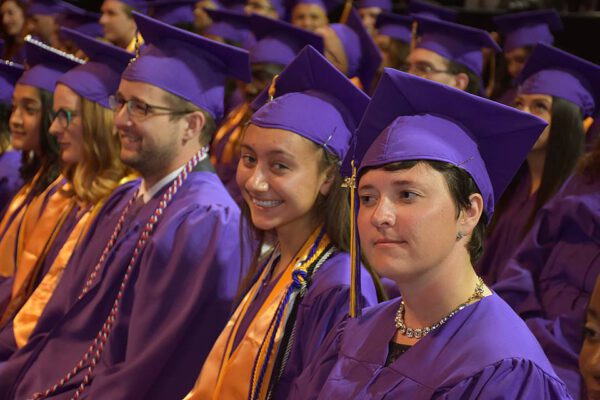Features

Let’s Talk About Race: An Interview With Kevin McDonald
The Let’s Talk About Race interview series captures the voices of prominent higher education scholars and leaders as they share their perspectives and experiences on race and ethnicity in higher education. Read the latest conversation with Kevin McDonald, vice president for diversity, equity, and inclusion at the University of Virginia.

Celebrating the Mavericks: Innovation and Higher Education
While higher education in the 21st century faces a number of challenges, there are a number of innovators changing the sector in a classic American way. Andrew Shean, chief academic officer at National University System Online, looks at five that are leading the way.

Don’t Call it a Scandal
As provost, what is your role during during times of crisis on campus? Gail F. Baker, provost at the University of San Diego, considers this question in the latest post from the Association of Chief Academic Officers.

Keeping the Doors Open
The Institute of International Education’s Open Doors report has become the catalyst for far-reaching debates about the relative competitiveness of the United States, the domestic political environment, and the impact of government policies. Brad Farnsworth takes a look at the latest edition and ACE’s planned study on the international student experience.

The Success of College Unbound
Four higher education leaders look at College Unbound’s learner-centered, student-driven approach to higher education and the institution’s 10-year journey through regional accreditation.

College Unbound and Education Reform
Johan E. Uvin, president of the Institute for Educational Leadership and former acting assistant secretary under the Obama administration for the Office of Career, Technical, and Adult Education, writes that College Unbound is likely going to be one of the few innovation breakthroughs in higher education.

A College Unbound
In 2015, Robert L. Carothers joined the board of College Unbound after stepping down from serving as the president at the University of Rhode Island for 18 years. Most of the students came thinking of themselves as having failed, he writes, but College Unbound “taught them to reframe failure and to see that their lives had been about learning, even if they could not see it.”

A Unique Experiment in Serving the Educationally Underserved
David A. Bergeron, senior fellow for postsecondary education policy at the Center for American Progress and formerly of the Department of Education’s Office of Postsecondary Education, considers how College Unbound works to reconcile the goal of greater access for older adults with the lack of meaningful outcomes.

A College Unbound: Cohorts, Educational Trauma, and Micromodels as Catalysts for Innovation
The highly nontraditional model of College Unbound—a unique institution designed for low-income adults who have started college but not finished—presented regional accreditors with a challenge. Louis Soares and Ursula Gross look at the tensions between innovation and accreditation that such institutions present—and how they can be overcome.

Involuntary Withdrawal Policies: No Room for Mental Health Stereotypes in a Fair Process
Recent developments on campus have highlighted the importance of comprehensive, transparent involuntary withdrawal policies for students who pose a risk of self-harm. Attorney Amy C. Foerster discusses what higher education institutions should consider and how to incorporate principles established by the Department of Education’s Office for Civil Rights.

It Begins with Difficult Conversations: How Community College Leaders Can Support Faculty-led Student Success Efforts
If community colleges want to make a difference in student persistence and attainment—and to make the improvement sustainable over time—these efforts must be led by those on campus who have the most frequent contact with students: the faculty. Carrie B. Kisker, a director of the Center for the Study of Community Colleges, looks at where to begin.
The 5 Percent: Action Steps for Institutions Investing in Women of Color
The face of the college presidency has changed in recent years, moving slowly away from the monolithic profile of the past (White men over the age of 60) to something more representative of the face of colleges and universities themselves.